On one of the hottest days in August this year, I attended the second HOUSE VISION exhibition in Tokyo, three years after the inaugural event.
Curated by Kenya Hara, designer and creative director for MUJI, the month-long event addressed the question of how we can bring together and re-connect individuals, urban and rural areas, and fragmented technologies.
While some of the exhibits were a little spurious in their intent (i.e. a VR demo of three people talking in a white room), there were some genuinely interesting ideas which I’ve tried to summarise below.
House with Refrigerator Access from Outside
Yamato Holdings ╳ Fumie Shibata
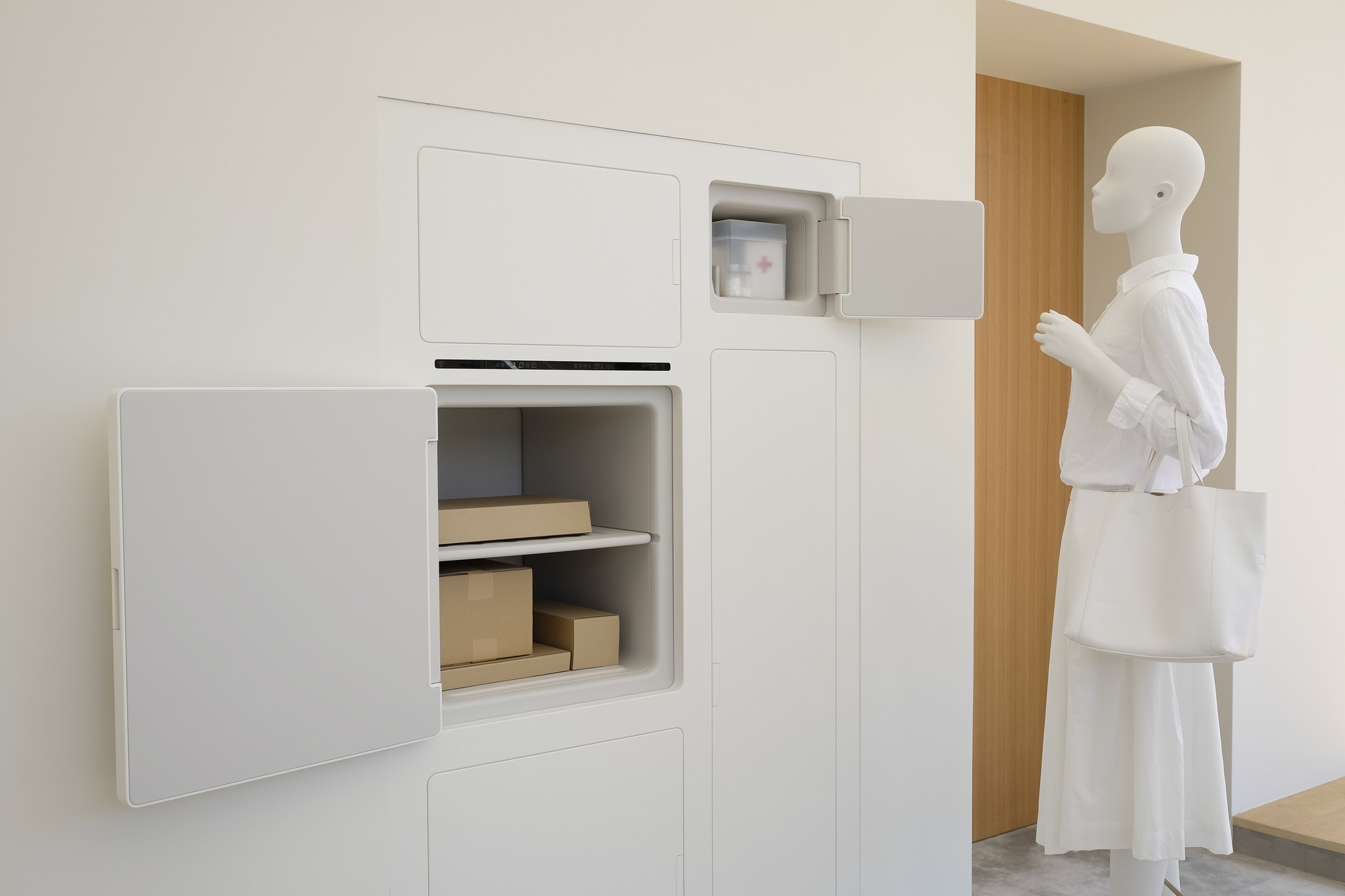
Most modern apartments in Japan have ingenious little boxes near the entrance where the deliveries can be securely left if you’re not available to collect them personally.
This idea takes things a step further by building the boxes into the wall of the house with access from both sides as well as refrigeration sections to store food.
In a world where we’re increasingly buying everything online, this seems to make a lot of sense although you’ll never see a smiling postie again.
Yoshino-sugi Cedar House
Airbnb ╳ Go Hasegawa
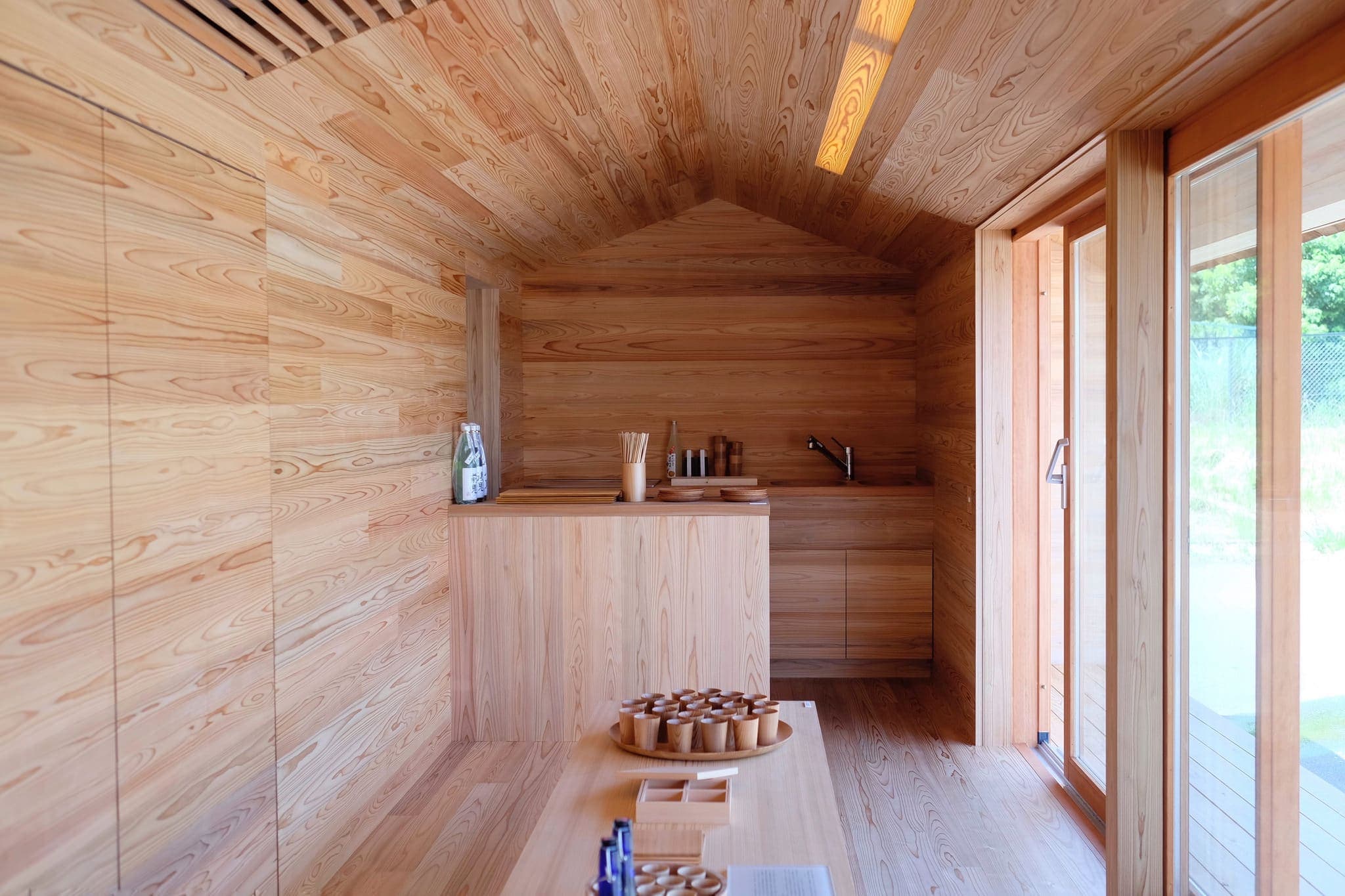

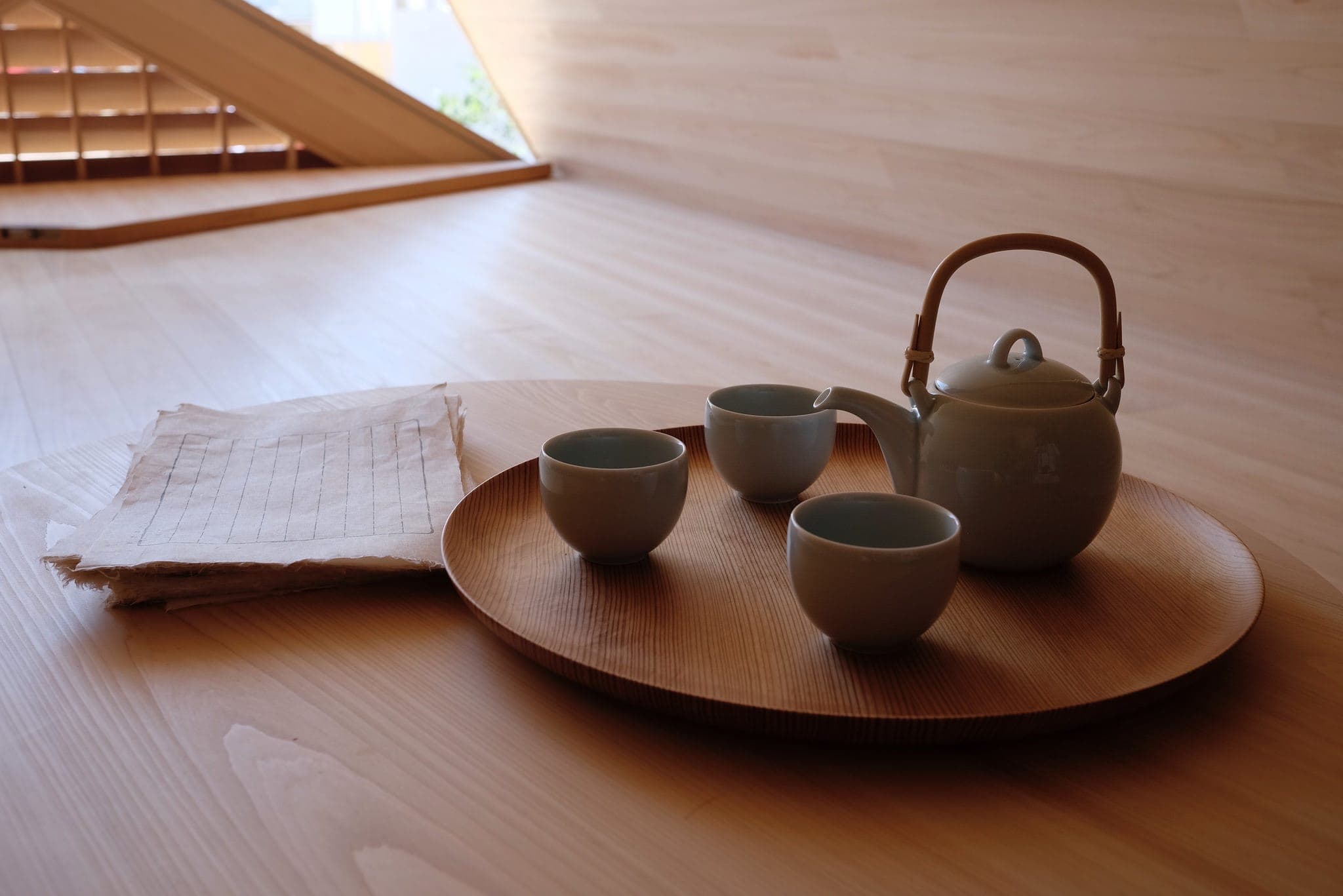
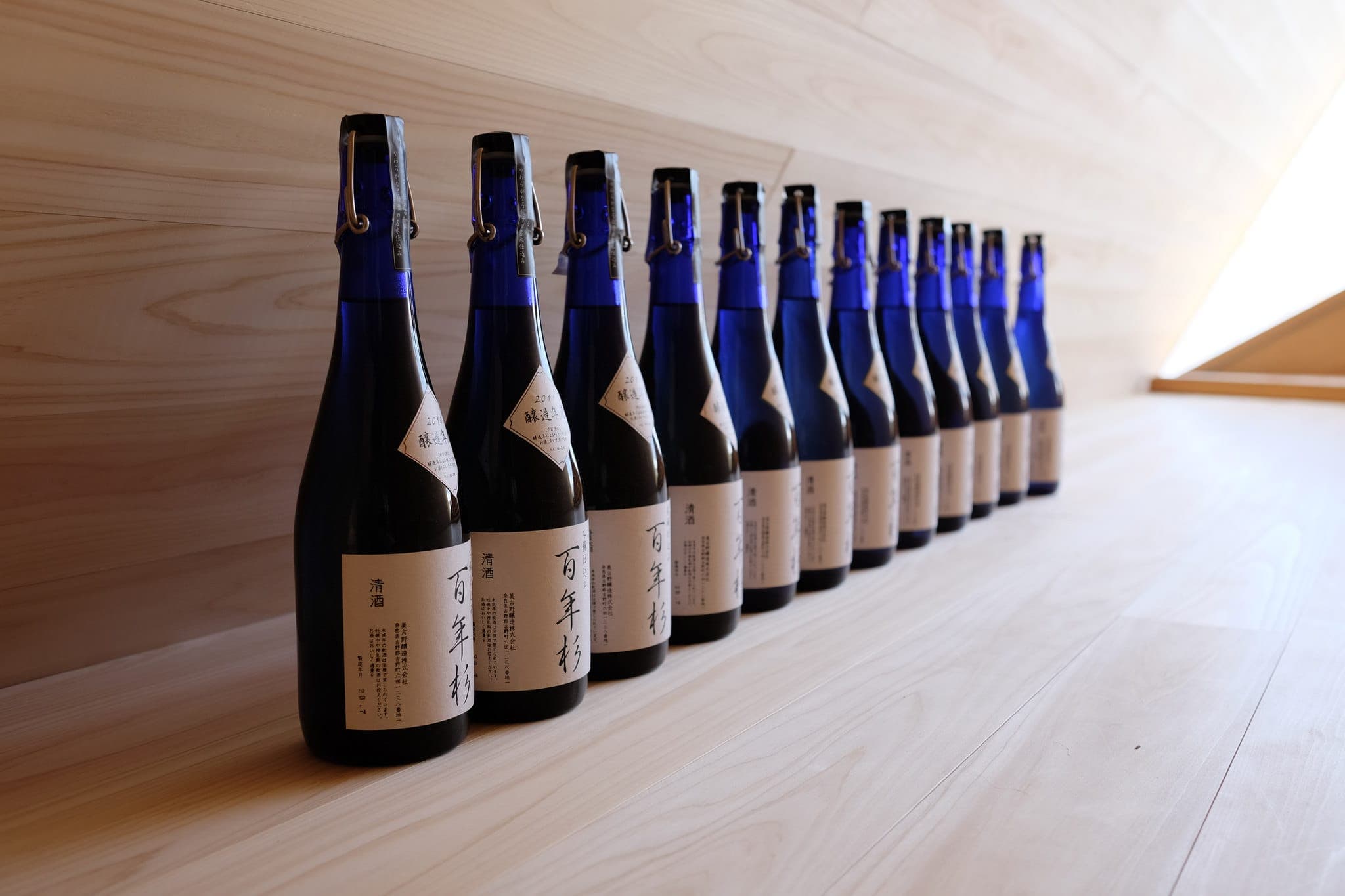
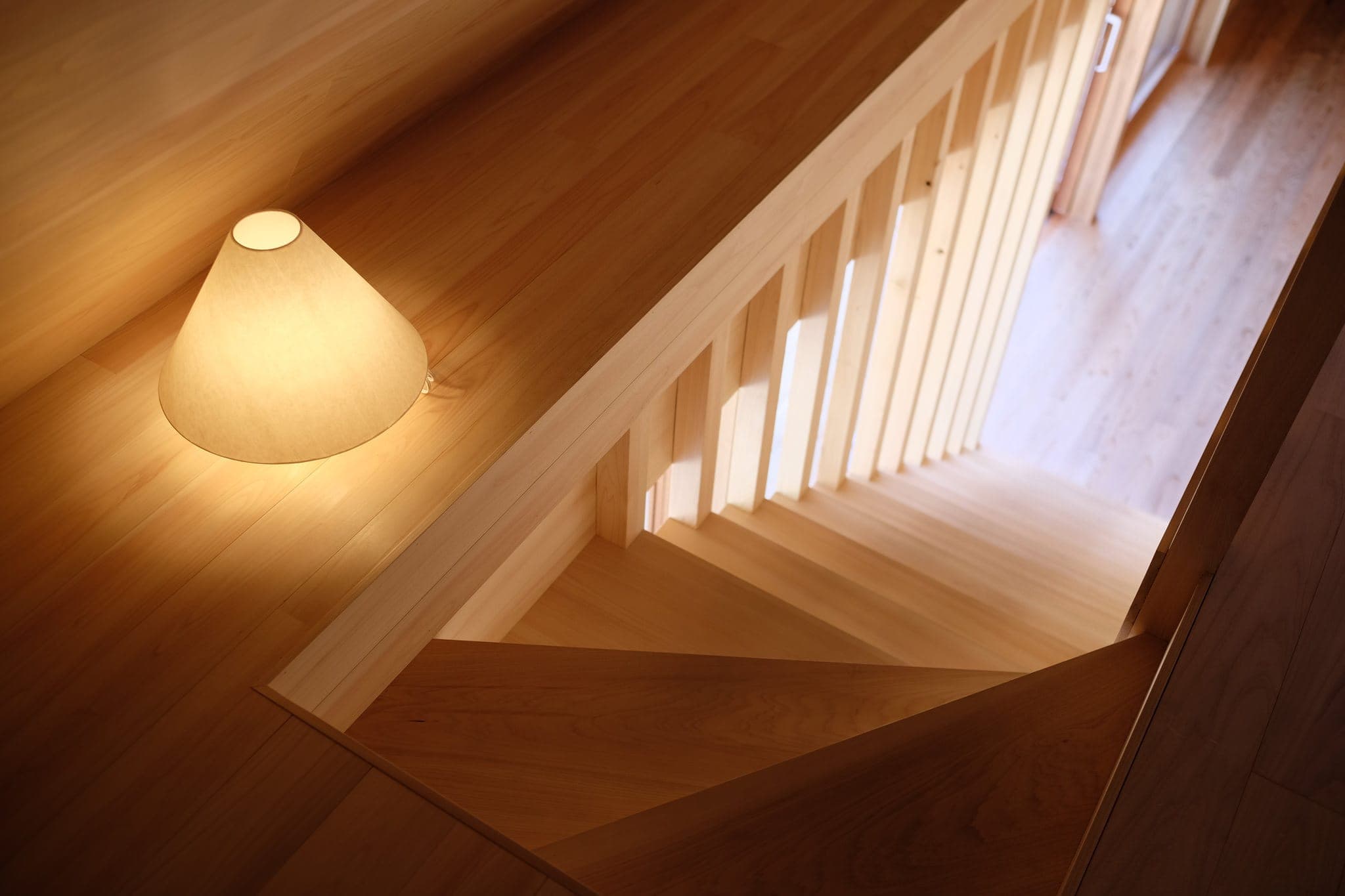
Airbnb is facing a lot of challenges in Japan from both industry and society alike. This wooden house seems to be part of their attempt to reach out to local communities and will eventually become a rentable home in Yoshino.
The ground floor contains an open space for the community to gather while the upper floor is where guests can sleep and relax beneath the beautiful fine-grained Yoshino-sugi cedar roof. Triangular windows let in lots of light at either end.
Tanada Terrace Office
MUJI ╳ Atelier Bow-Wow
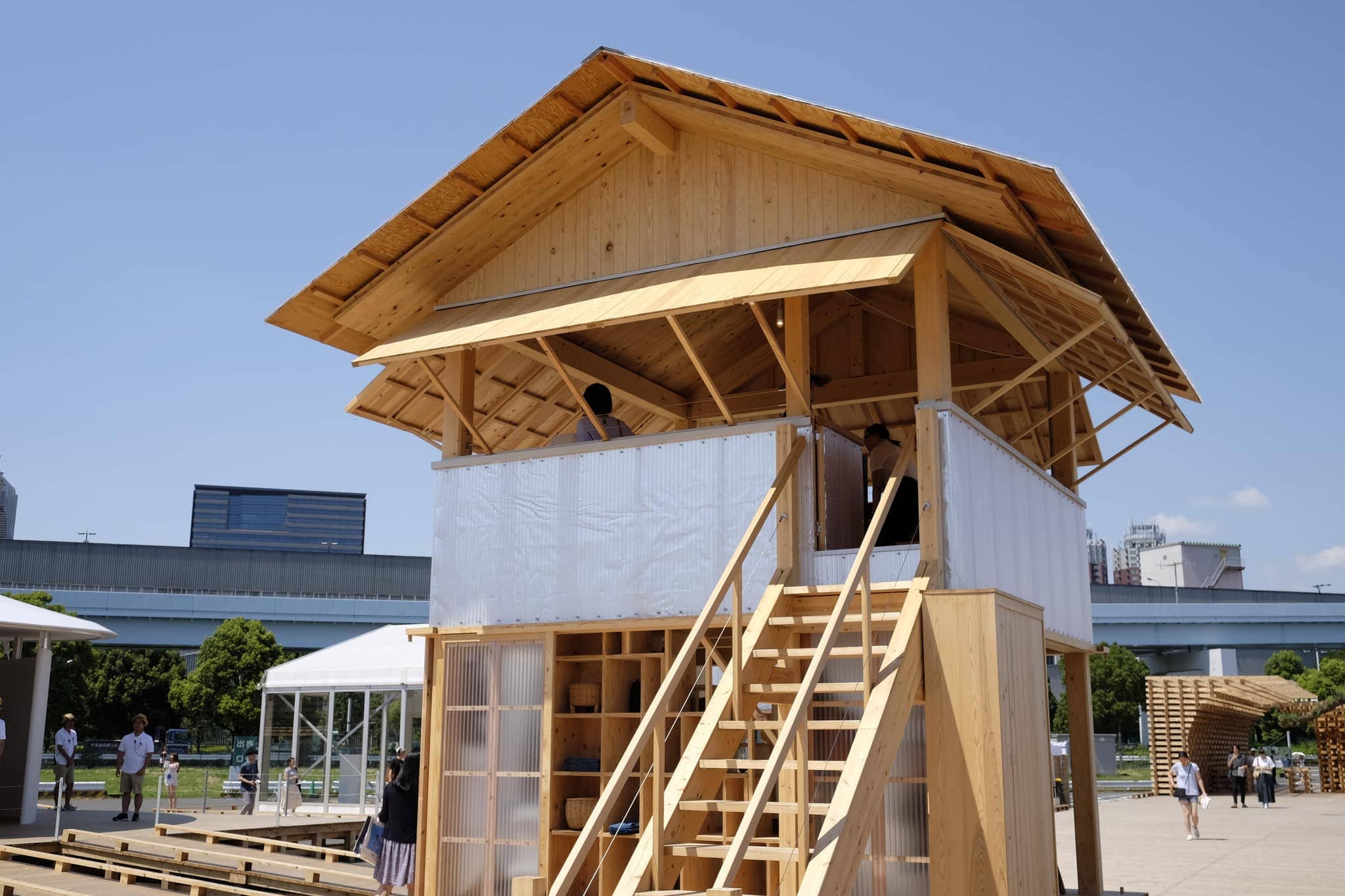
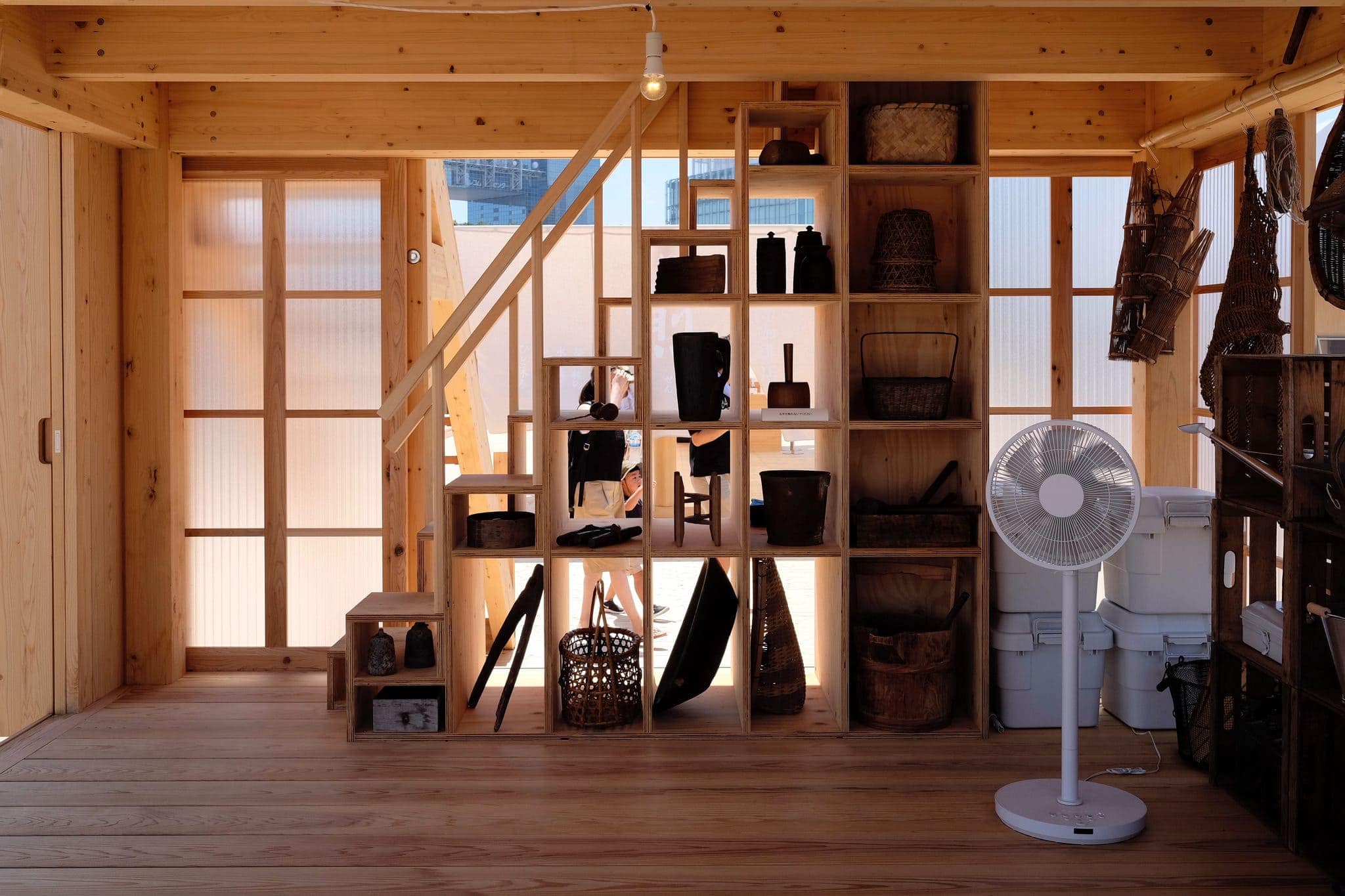
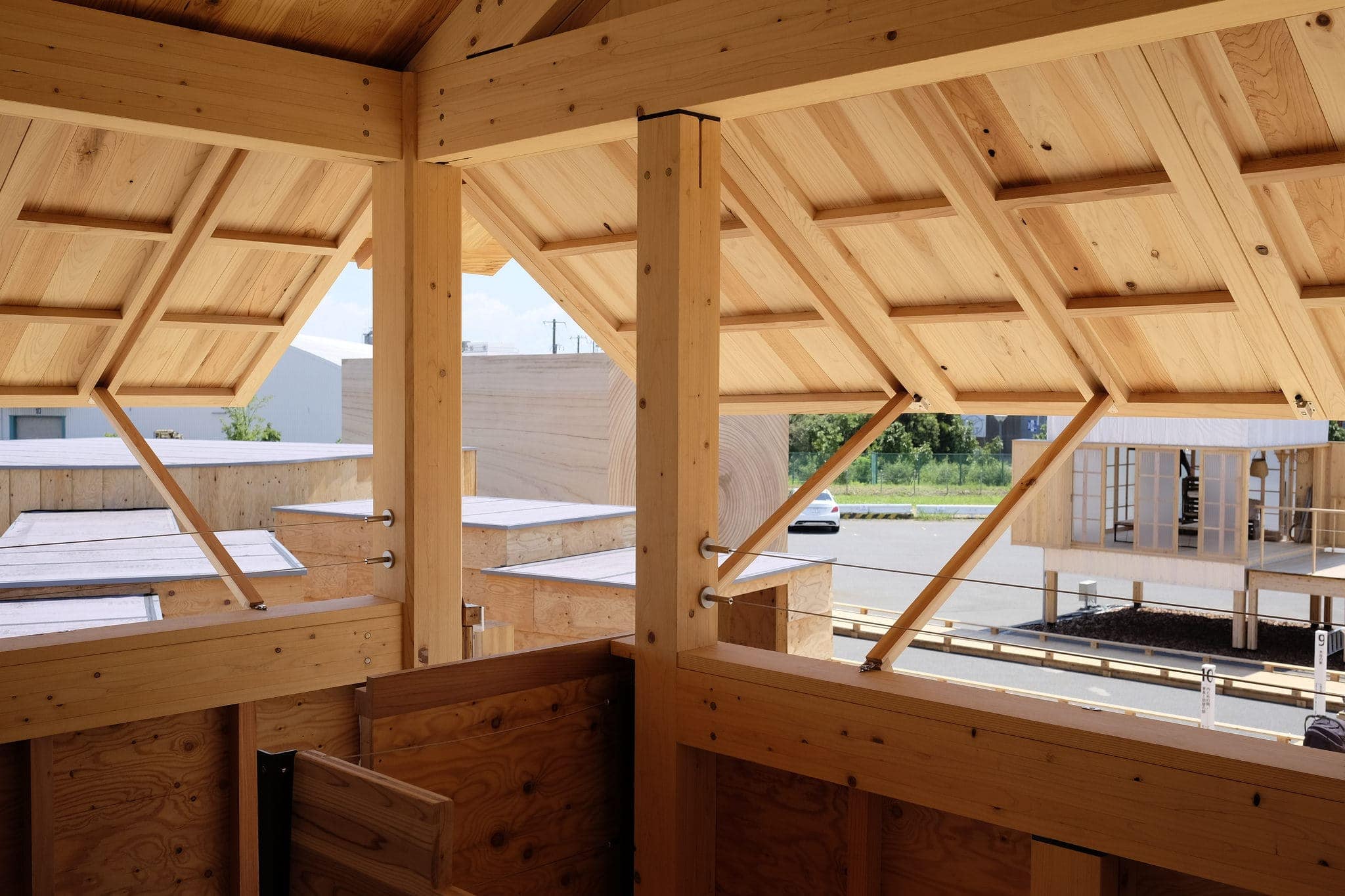
Much of Japanese culture was born from the rice paddies, but as the country’s population rapidly ages it’s becoming increasingly hard to find enough labour to plant and harvest the fields.
This structure aims to entice younger people back to the countryside by providing a breezy office space on the upper floor where people can work on rainy days and an agricultural space on the ground floor for tools and providing shade from the sun. Shutters on all sides of the building can be opened to turn it into a pavilion.
Since Japan has such good internet connectivity throughout the country this actually seems like a pretty good idea, providing the best of both worlds.
Rental Space Tower
Daito Trust Construction ╳ Sou Fujimoto
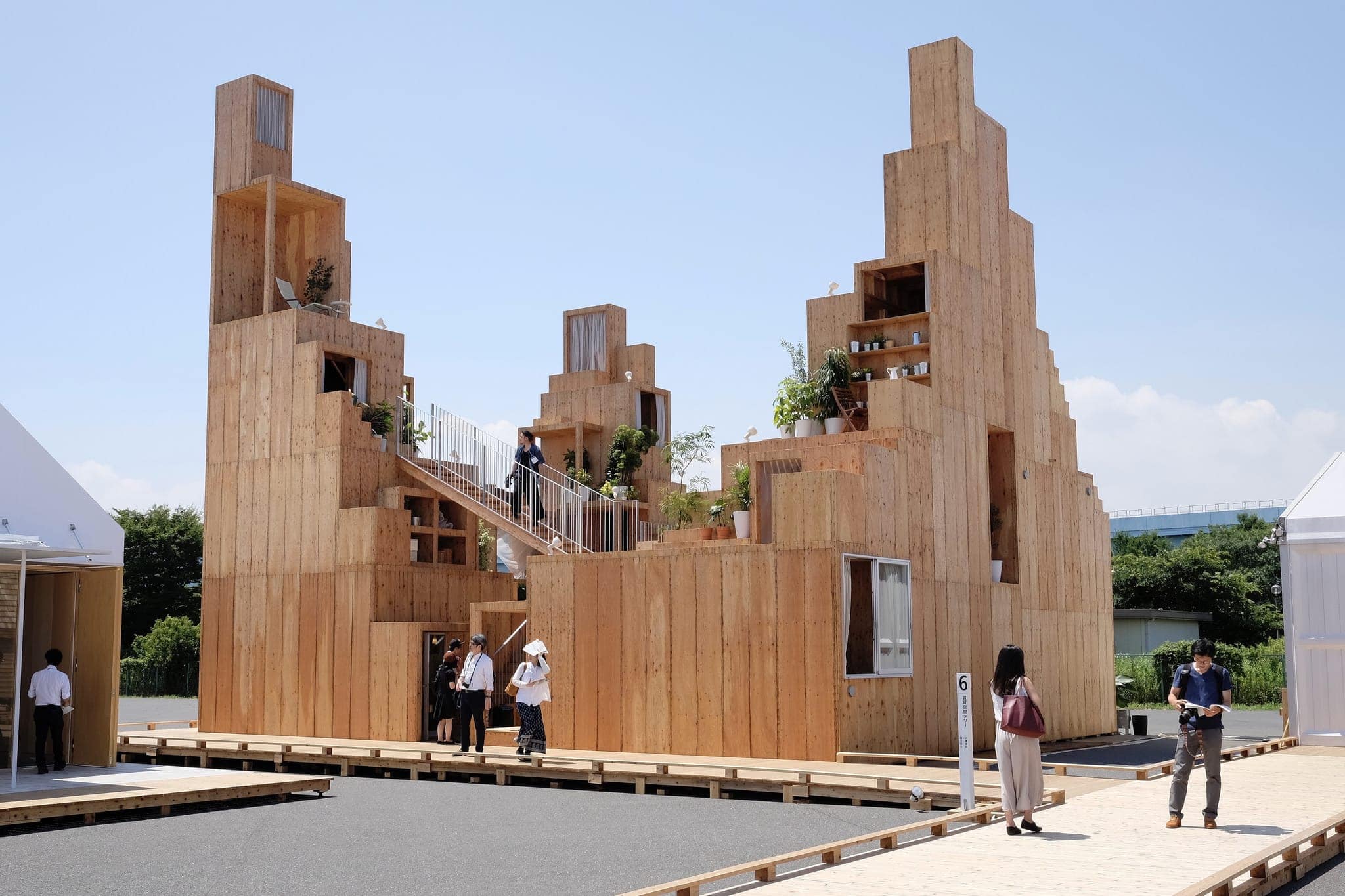

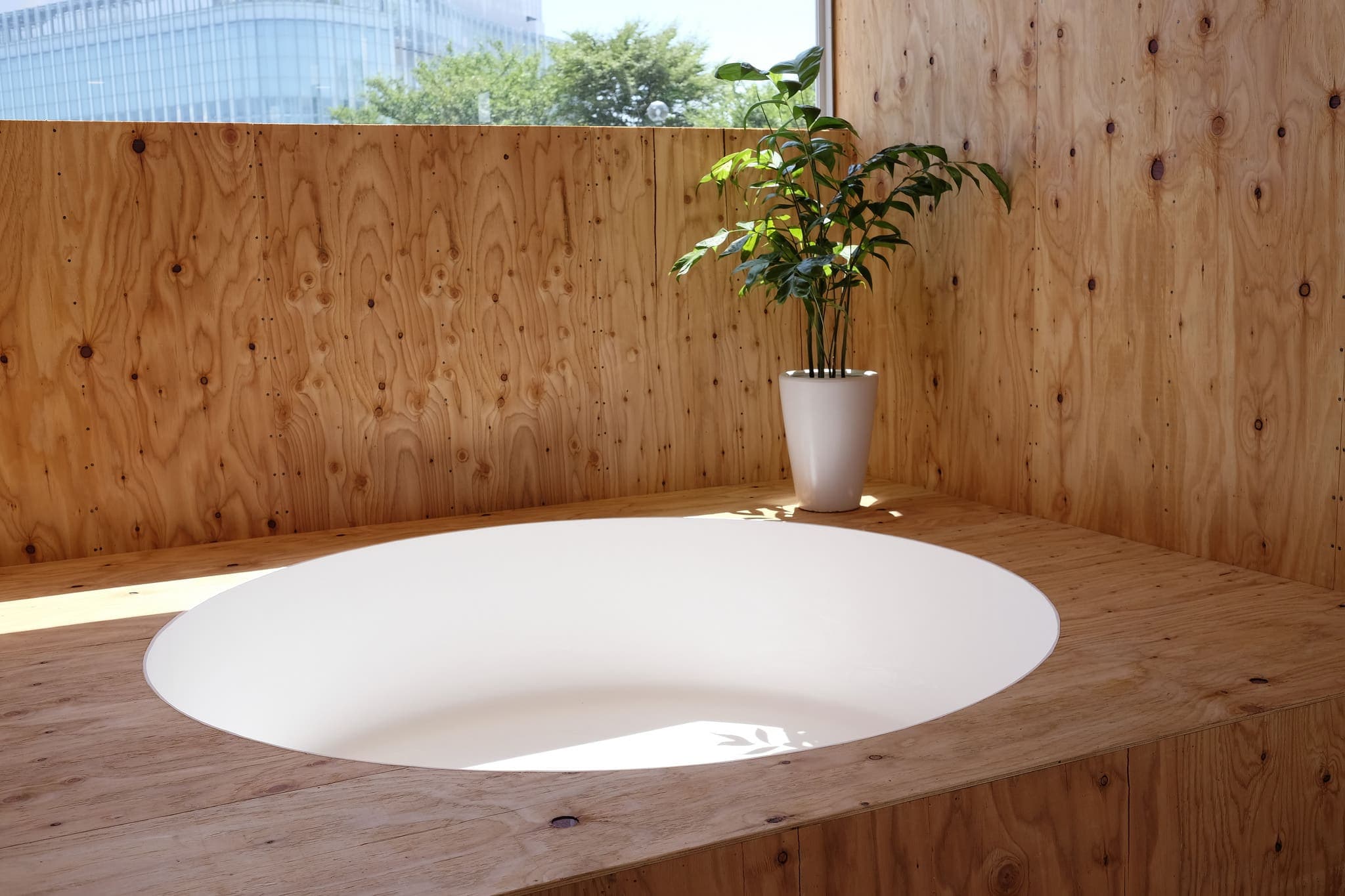
Apparently, this is an attempt to deconstruct conventional rental housing into private and shared areas, freely piling them up like building blocks. Inside is a large communal kitchen, bath house and library. Bridges criss-cross either side, providing interesting views.
Novel but completely impractical.
Reiryo Kohiten—Sen
AGF ╳ Go Hasegawa

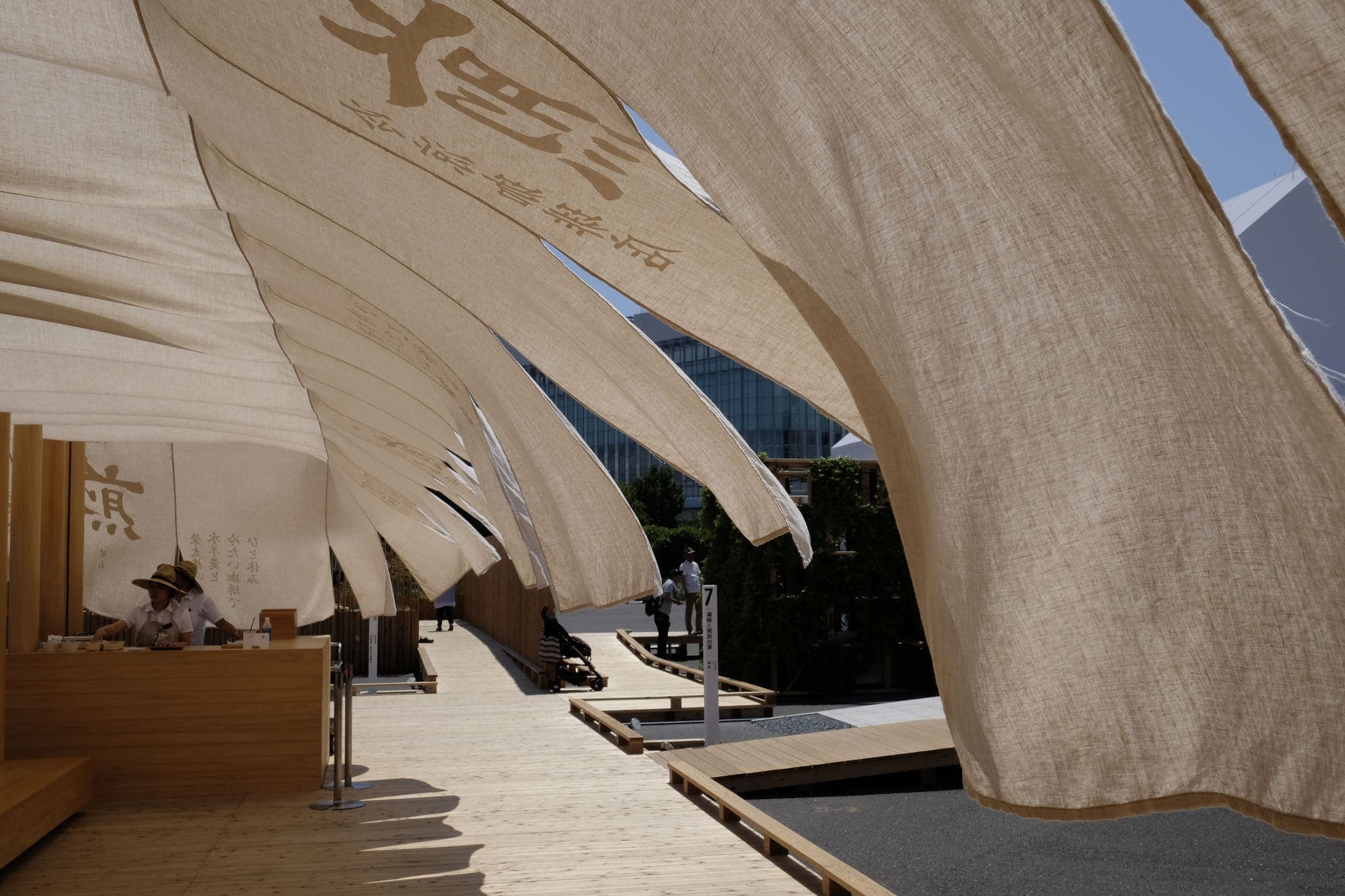
This breezy tent / cafe was the perfect spot to escape the scorching midday sun and enjoy an iced coffee. The linen curtains waver gently at eye-height, providing glimpses of the wooden marvels that surrounded it.
Checkerboard Water Garden
Sumitomo Forestry ╳ Seijun Nishihata ╳ Kengo Kuma
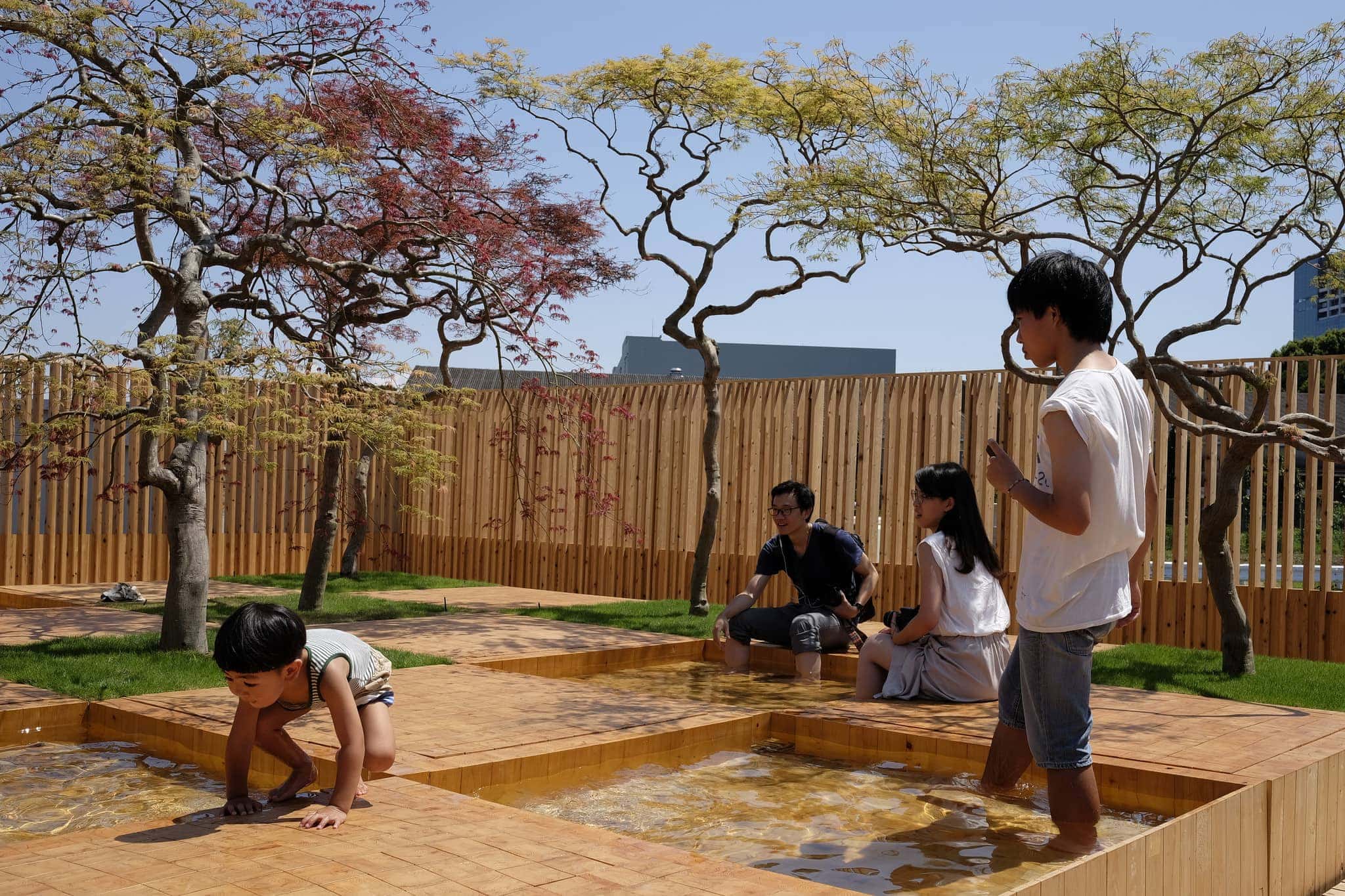
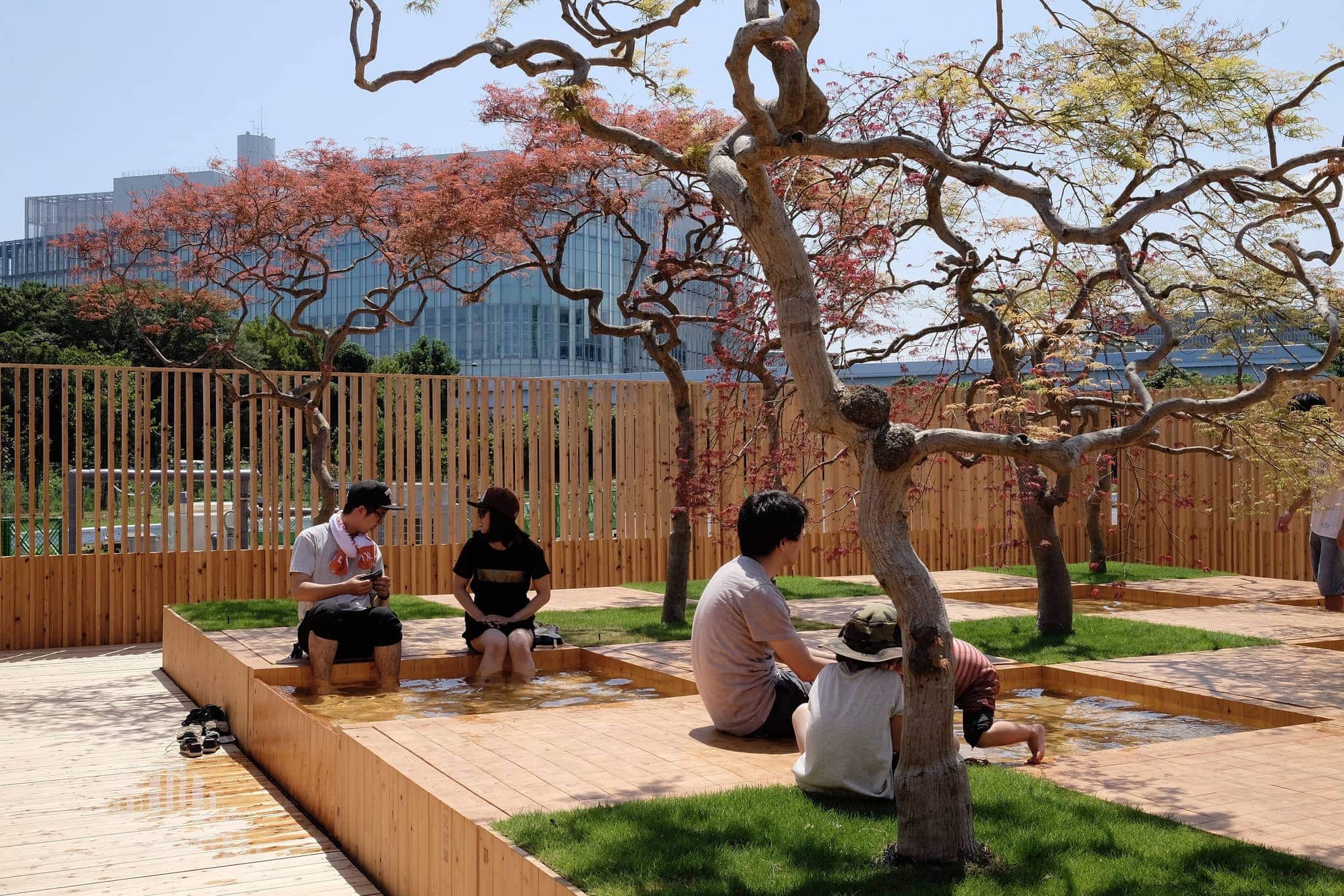
In Japanese, the checkerboard pattern is called ichimatsu after a textile pattern used in Japan since the earliest period of recorded history. It’s deployed in this garden to great effect, with alternating blocks of hinoki cypress wood and shallow pools to dip your feet in shaded by beautiful weeping maples planted like an ikebana arrangement.
Look out for Kengo Kuma’s wooden lattice National Stadium which will be the centrepiece of the 2020 Olympics.
Woodgrain House
Toppan Printing ╳ Hara Design Institute
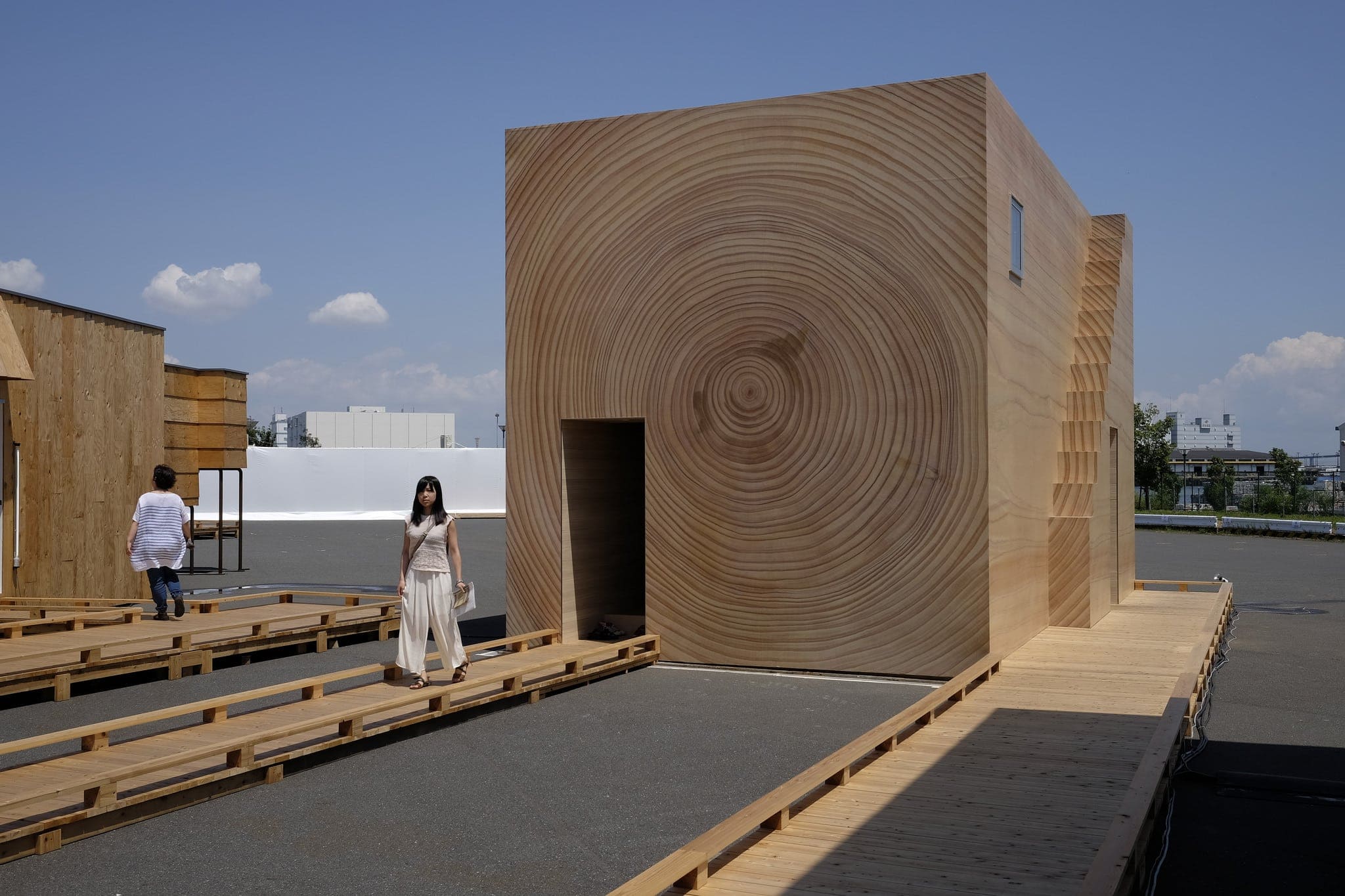
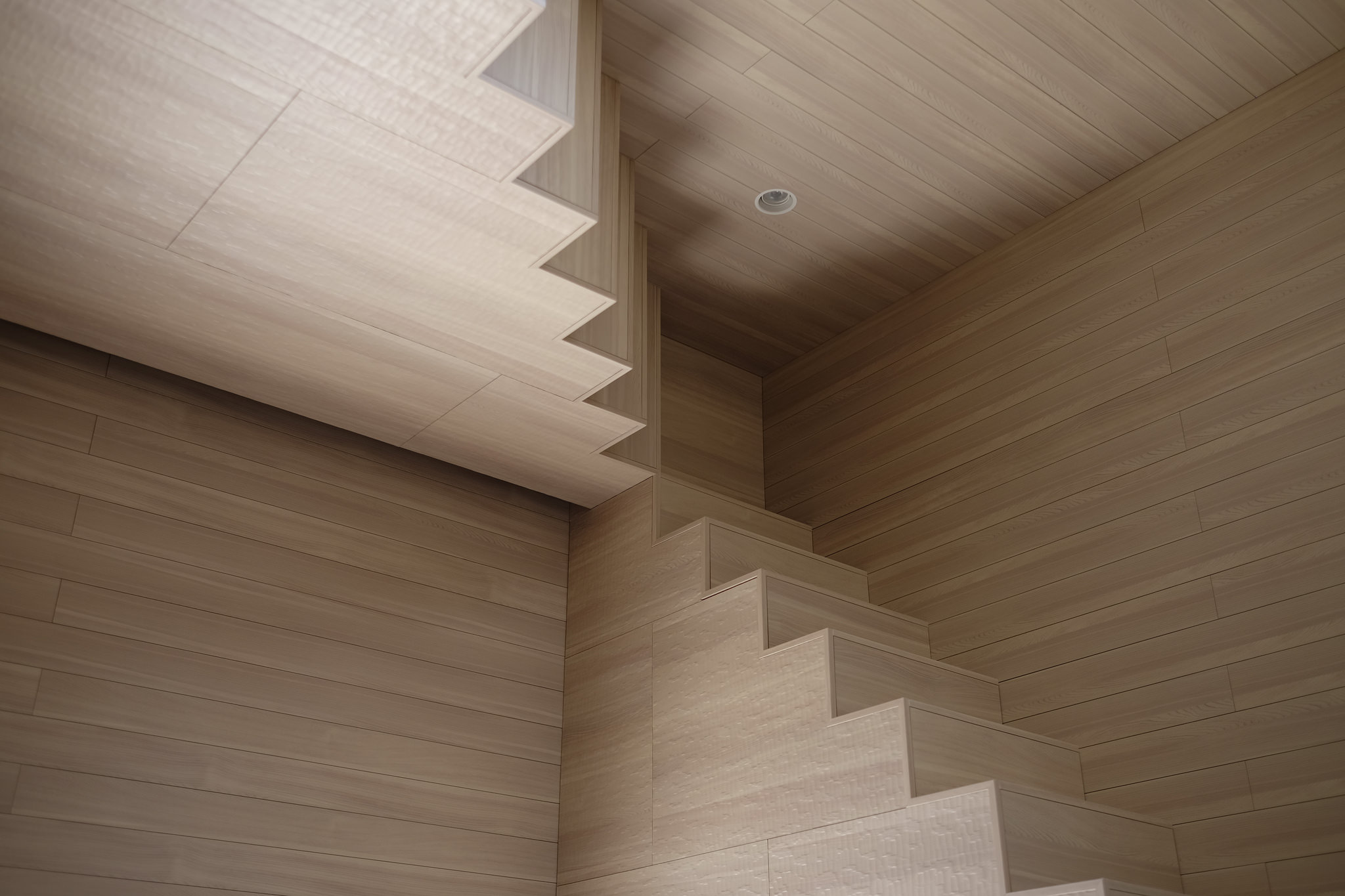
Like a vegetarian restaurant serving fake meat, I’m always suspicious of anything pretending to be something else. In this case, high-tech printed laminates have been used to visually and texturally reproduce lumber but with new material capabilities such as inbuilt movement sensors and the ability to change translucency.
The printed woodgrain is convincing but you can still tell it apart from the real thing up close. I bet it’s a lot more expensive than growing a tree and environmental characteristics are not mentioned.
Inside-Out / Furniture-Room
Toto ╳ Jun Igarashi/Taiji Fujimori
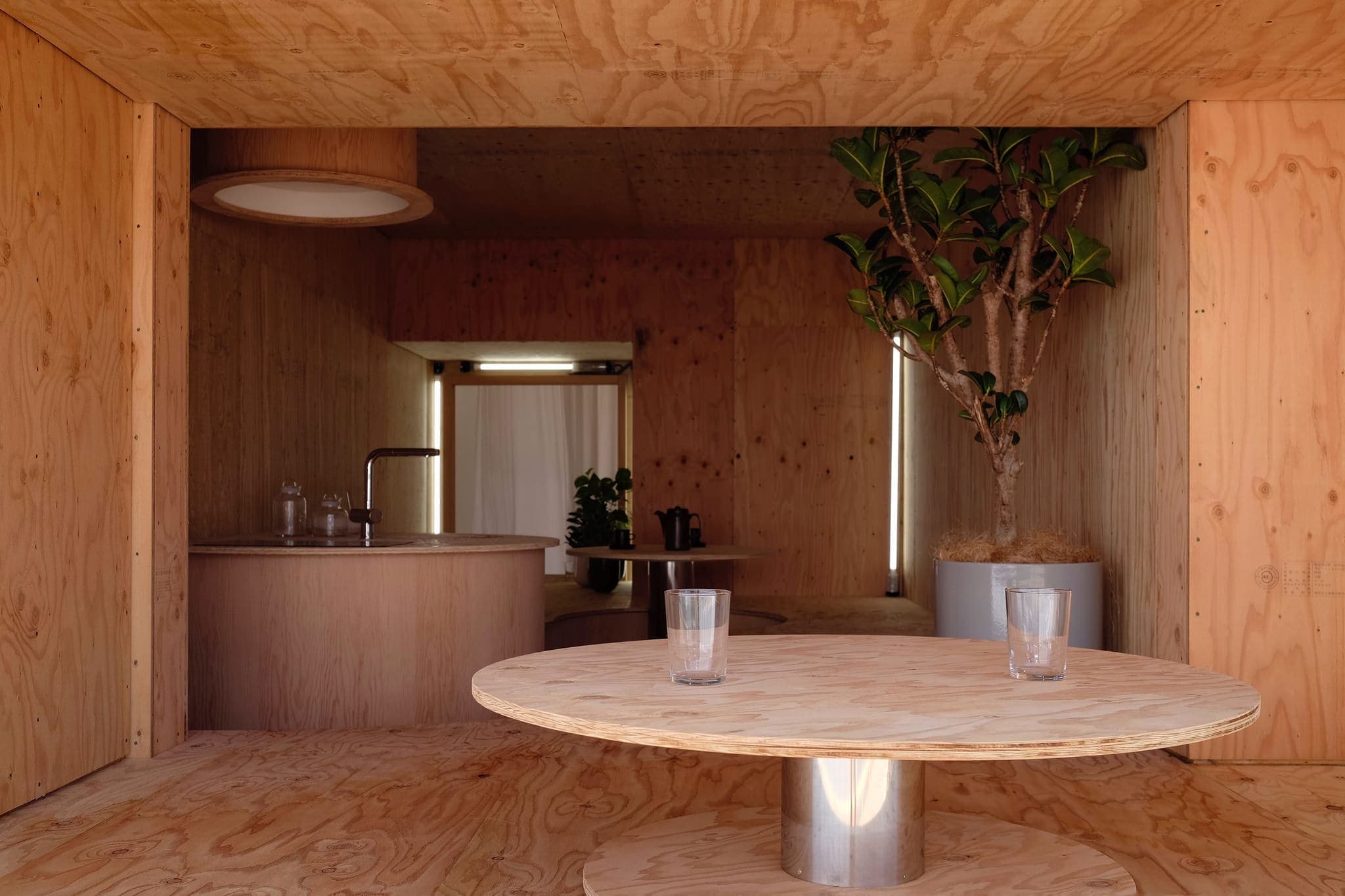
Imagine a space station made out of wood and you’d probably come quite close to this inside-out house where individual box-like rooms radiate off a central space which facilitates passage between them. Each room has a single purpose with the furniture being one with the space itself (e.g. a box entirely lined with sofa-like padding).
Event Hall
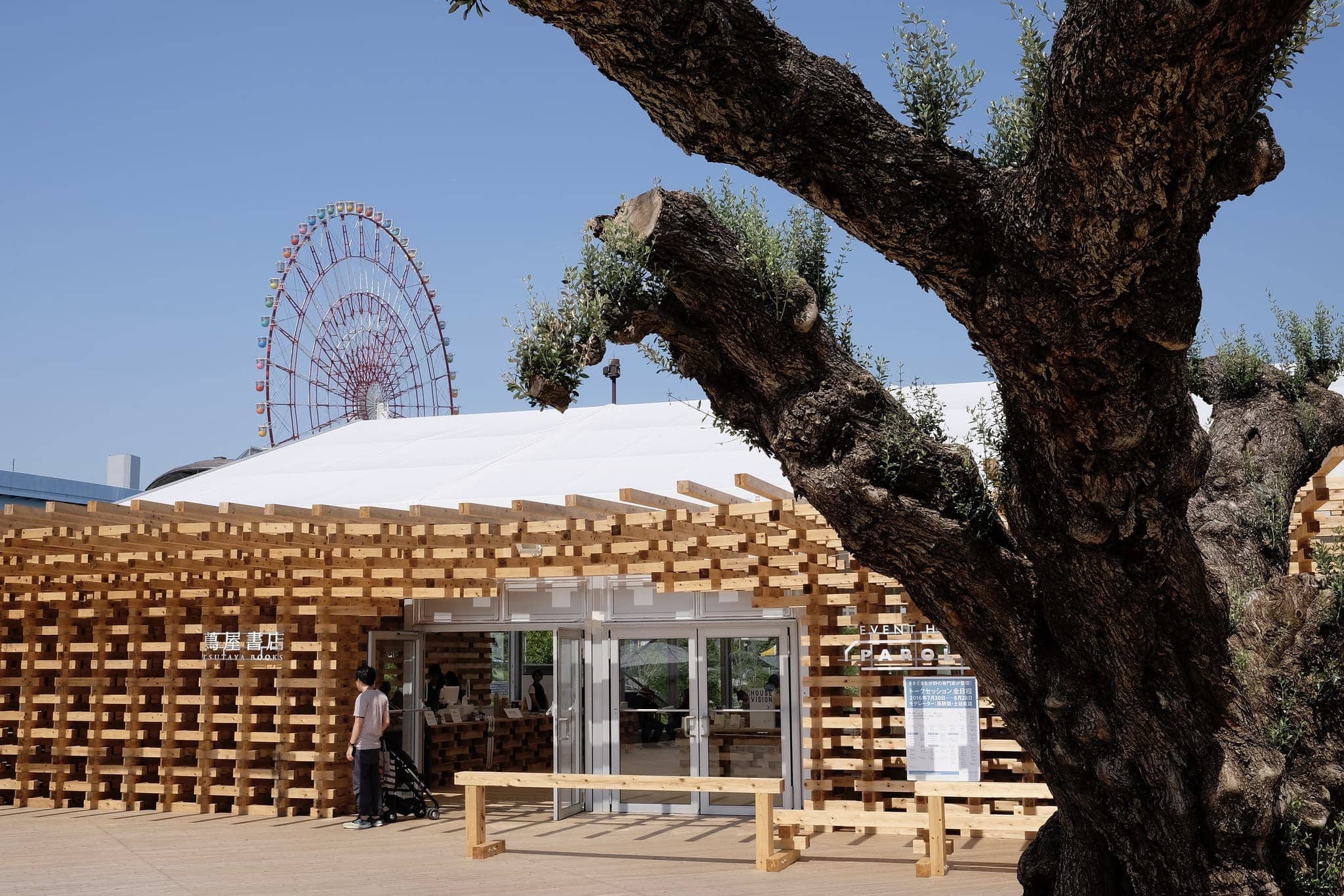
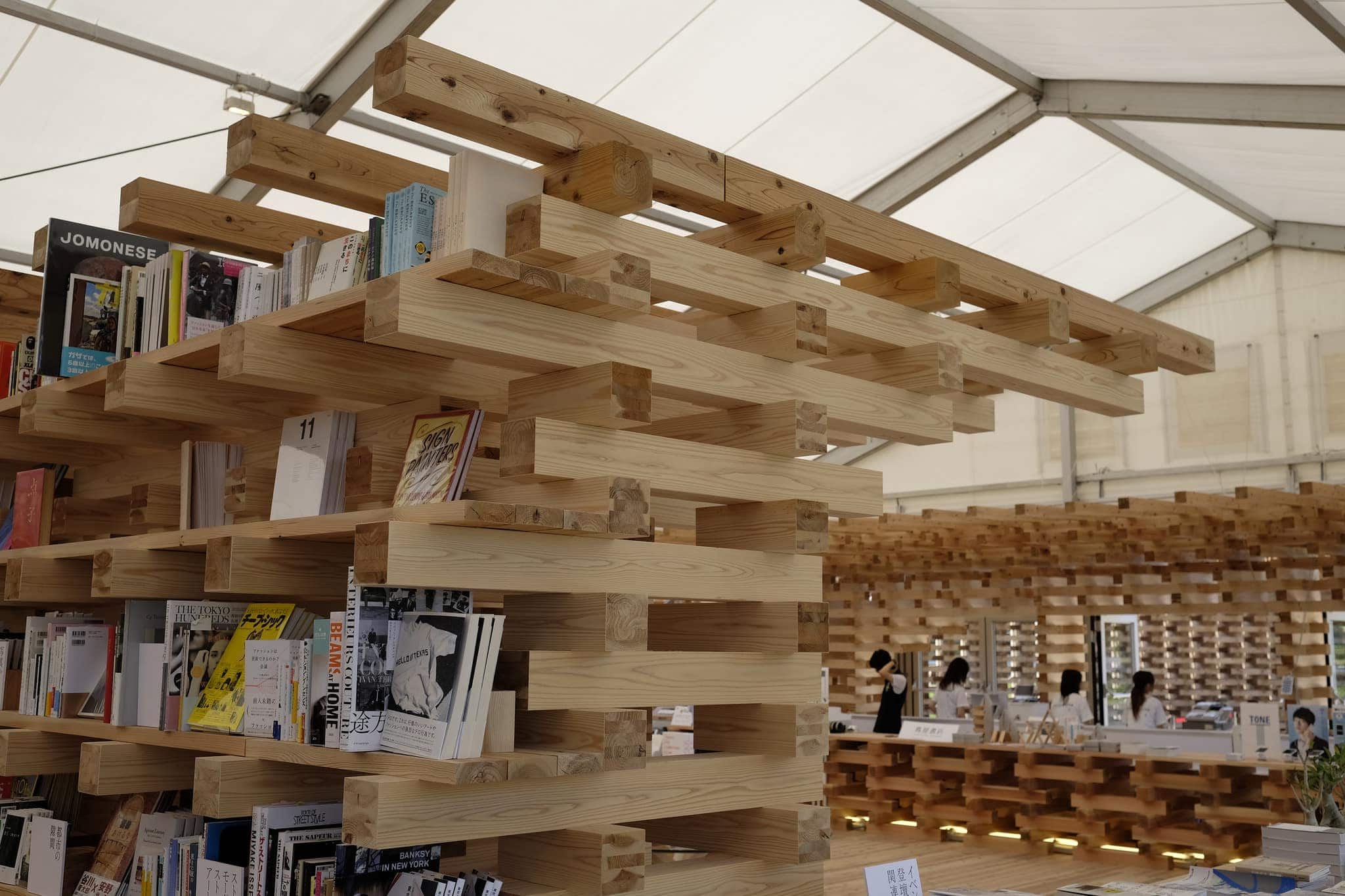
At the entrance/exit of the exhibition lies the event hall which consisted of a greenhouse wrapped in a complex wooden lattice with a bookshop and lecture hall inside.

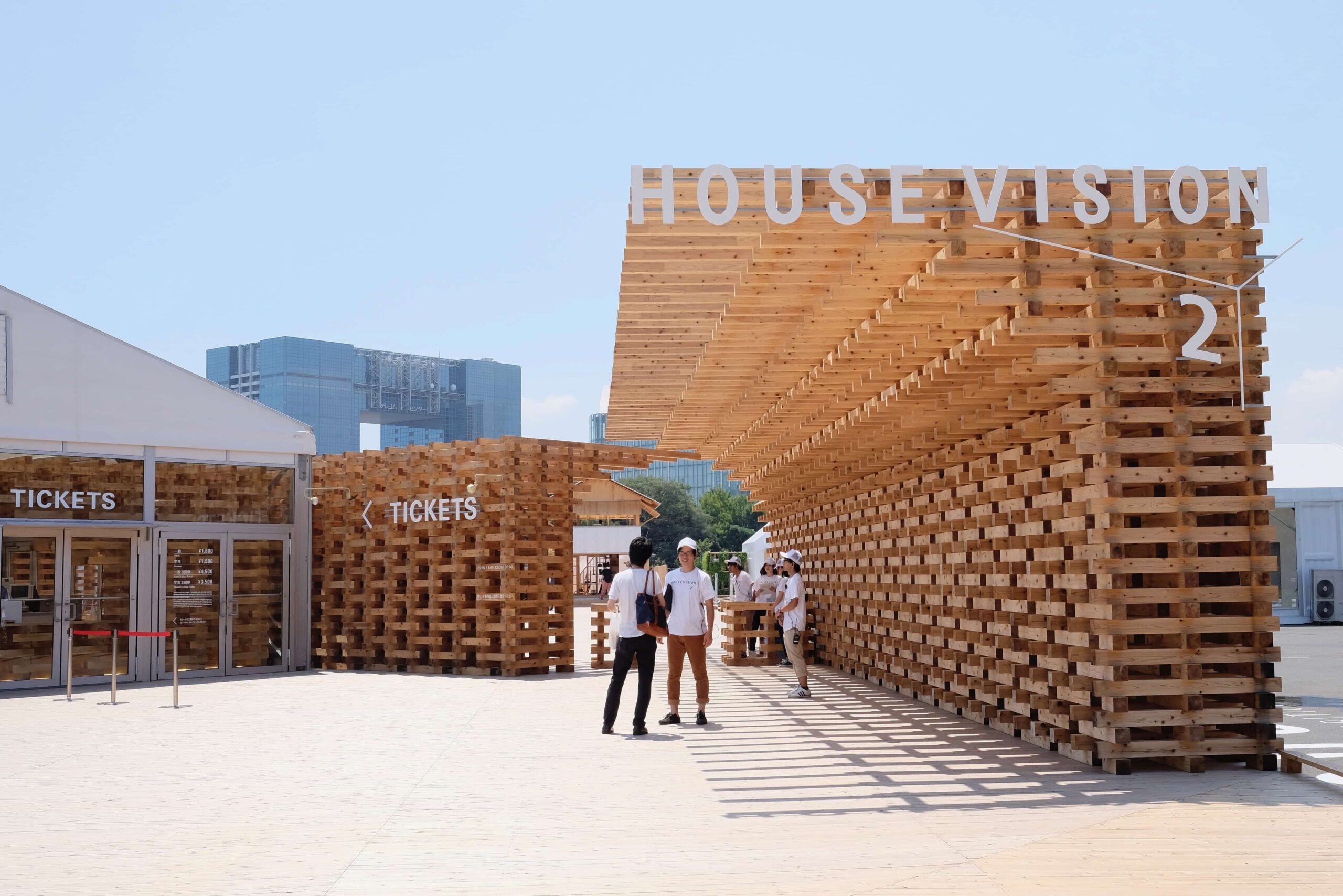
Reply